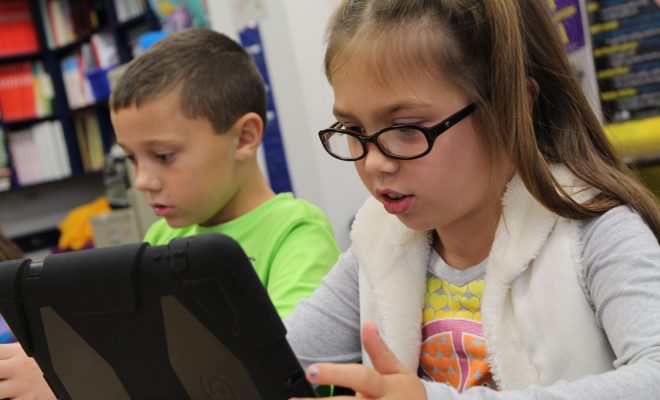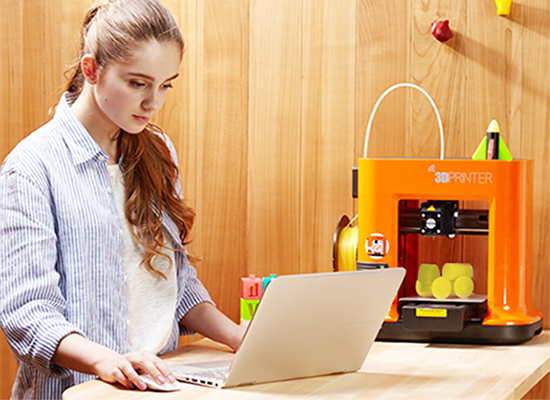5 Ways to Use Digital Badges in the Classroom

When you hear the word “badges,” you might think of the merit badges collected by Boy Scouts and Girl Scouts.
Similarly, digital badges award students for their achievements, skills, or other positive qualities. It might seem like a digital image of a badge won’t make much difference. But believe it or not, digital badges have the power to transform the way your students view learning and assessment.
How?
Here are five ways to use digital badges in your classroom:
- Recognize and Reward
With digital badges, you can recognize your students’ accomplishments. Recognition can be given for good behavior, mastery of skills, effort, and more. This means you can recognize and reward struggling students who might normally receive little praise in the classroom.
As these students gain confidence and see the results of their efforts, you’ll likely notice improvement in both engagement and abilities.
- Motivate
Naturally, earning recognition can motivate students to perform better. You can add incentives by allowing students to “purchase” rewards with a certain number of badges, such as a homework pass or extra credit points. Some teachers also display “leaderboards” in the classroom, adding a competitive aspect to earning badges.
Today’s students are accustomed to playing video games or mobile apps in which achievements are unlocked and digital trophies are awarded. A digital reward system makes sense to students and can be both motivational and enjoyable.
- Encourage Positive Behavior
Classroom management is one of the most challenging aspects of teaching, and digital badges can help. Depending on the age of your students, you can encourage positive behaviors and values such as:
- Collaborating with others
- Taking turns
- Being respectful
- Raising hand to speak
- Leadership
- Integrity
Students shouldn’t choose to behave solely for recognition. But rewarding positive behavior helps students practice and become accustomed to the conduct you expect in your classroom.
- Set Criteria and Goals
If you’re in education, you’ve likely heard of Dr. Robert Marzano, a leading speaker, trainer, and researcher in the field. Marzano emphasizes the importance of learning goals to help students understand “what they are learning and why.”
These learning goals should be displayed for students and accompanied by a learning scale, which allows students to monitor their progress toward the learning goal. Students can be a 4, 3, 2, or 1 on the scale, with a 3 indicating mastery. A description of the criteria for each level should also be posted.
Learning goals and scales give students clear criteria, representing a road map to success.
But here’s the thing:
Digital badges offer the same benefits, and they can also be used to complement goals and scales. Badges show the criteria that students must meet to earn them, and they also provide a clear goal. As students earn badges, they’re able to visualize and understand their progress in your classroom.
In a 2013 study, researchers found that badges support students in setting goals and motivate them to reach these goals.
- Rethink Assessment
We all know that students have different learning styles, and not all students are great test-takers. Unfortunately, student evaluations and assessments impact how students view themselves and their abilities.
Digital badges are a new way to assess students and reward them for their progress and understanding—not just for the results of one test. This often paints a more complete picture of a student’s skills and achievements.
Conclusion
Ultimately, using digital badges in the classroom makes learning more transparent and concrete for your students. Plus, they’re an engaging and fun motivator.
If you’re interested, you can easily find or design badges using sites like Edmodo, Credly, and Class Badges. Enjoy!






